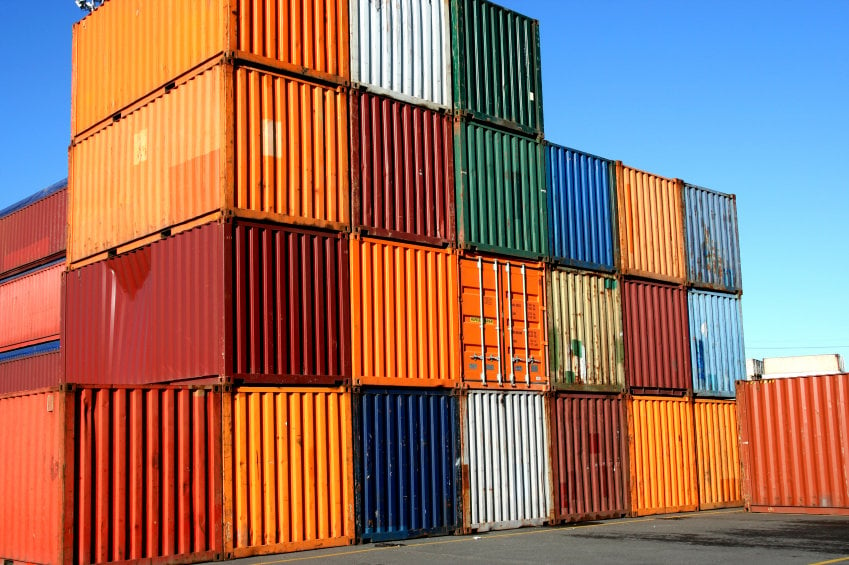The Panama Canal Expansion is the largest project at the Canal since its original construction. The project is expected to create a new lane of traffic along the Canal through the construction of a new set of locks, doubling the waterway’s capacity. The existing locks allow the passage of vessels that can carry up to 5,000 TEUs. After the expansion, the Post-Panamax vessels will be able to transit through up to 13,000/14,000 TEUs. The Expansion will double the Canal’s capacity, thus having a direct impact on economies of scale and international maritime trade.
The Program consists of several components:
• New Locks (Third Set of Locks)
• Pacific Access Channel
• Improvement of Navigational Channels (Dredging)
• Improvements to Water Supply
Finally, the Panama Canal Authority said new locks will be inaugurated June 26; more than two years after the original completion target.
Canal officials announced the date for the opening ceremony while unveiling a training center with a scale model that will be used to train pilots and tugboat captains to operate in the expanded canal.
The new locks will accommodate vessels with capacities of up to 14,000 twenty-foot-equivalent units, depending on the vessel design. The current Panamax size is 4,500-5,000 TEUs.
Operators of other ships, including pure car and truck carriers, bulk carriers and tankers, also will be able to take advantage of the new locks’ larger dimensions.
Carriers have been planning route realignments that the new canal will make possible, but canal officials and most analysts expect the new routings to be implemented gradually over several months after the new locks open.
After the expansion, US shippers/shipping companies will more likely use East Coast ports to move Asian goods bound for Detroit, Memphis, Chicago, and surrounding regions. The Midwest will become a “battleground” for traffic between West and East Coast ports.
To be able to move larger size vessels to the East Coast will drastically reduce per-unit cost for fuel, crewing, and insurance on routes to the Midwest. Cost is most likely to be a deciding factor for the routes of goods like couches and tires, where transport can make up nearly half of the cost of goods sold. So, if you’re in Columbus and in the market for some radials, maybe wait a few months. Shipping decisions aren’t entirely cost-driven, though. Goods reliant on speed, such as fashion, will likely still move through West Coast ports. On the other hand, even those shippers may shift part of their supply chain eastward as a hedge against the kind of disruption that choked West Coast ports for most of last fall.
Most of the companies are very frustrated with the congestion on west coast ports and they would like to have alternatives for their future business strategies. The ports most likely to benefit from the shift are New York, Savannah, Charleston, and Norfolk. But there are also risks, as these ports have invested heavily in infrastructure improvements. This matters both for the regions directly surrounding the ports, and for a daisy chain of trucking routes, rail lines, and distribution centers that take goods from the ports inland. Eastward supply chain shifts could mean more jobs in places like Memphis, which hosts a large number of distribution centers already. US inland locations will be able to have more options in terms of shipping ports from USA. Rail companies will have to look at new rail ramp locations in case any new opportunities carriers create to diversify the shippers and their risk due to possible congestion at any of the US core ports.
Sooner or later we’ll start to see the impacts the canal expansion project has on the economy as it is more than ninety percent complete and will be in use as of June 26, according to information from the Panama Canal Authority.




